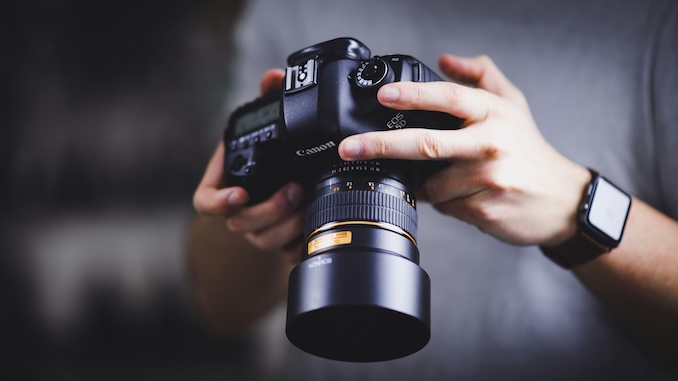Do you enjoy taking photos of the natural world? Navigating the field of conservation photography helps you play a part in protecting the world you love. Conservation photography is a powerful tool for raising awareness and/or mobilizing support for conservation initiatives.
Are you just getting started on conservation photography? Else, are you considering turning your photography work towards environmental conservation efforts? Let’s address fundamental points to help you build a successful career in conservation photography.

1. Document Issues You Care About
In a word, find your why! Successful conservation photographers spend time answering these critical questions: 1) why they’re passionate about conservation? 2) What would they like to accomplish with their photography? Some may desire to raise awareness about critical habitats or endangered species, while others seek to highlight beautiful natural areas in their community.
No matter the reason, the goal is to inspire others to take action for the planet. Zeroing in on your purpose is the key to creating impactful and enduring work.
Pro Tip: Focus on causes that matter to you. Channel your passion, energy, and skills into areas that have meaning to you. Such a strategy creates a base to capture authentic images that resonate with the masses and inspire desirable change.
On the same note, conservation stories are a compelling motivation, exposing the natural environment’s conflict, issues, threats, or imbalances. Visual storytelling can bring meaningful change and maximize the impact of your conservation photography work.
2. Plan Your Local Photography Project
Ever taken the time to identify conservation concerns in your local area? Consider the issues that resonate most with your community. Take a look at your backyard or nearby spaces. What’s that one thing that gets you excited about conservation? Be it cleaning up a local park or lending support to protecting a nearby wildlife habitat, you can always find a way to get involved in conservation efforts.
After identifying a local issue to highlight through your conservation photography, the next step involves planning and preparing to document your vision through photography. For a newbie conservation photographer, you can start with a small-scale project to master the skill. This step could involve capturing wildlife images, documenting land conservation measures, or supporting ongoing environmental projects.
Consider the following:
- Elements that go into visual storytelling, including crafting a clear vision for your task and assembling the tools to take compelling images.
- Goals and objectives, including specific images or angles you intend to capture.
- Location and lighting. Create a catalog of the equipment you might need for the project, including cameras, lenses, and tripods.
Tips on how to fix broken plastic parts on a tripod stand
First, clean the broken parts thoroughly. Second, apply a thin layer of epoxy on each side. Be sure to select an excellent overall adhesive for this task. Next, align the pieces and cramp them firmly. Finally, allow the epoxy to cure as recommended.
3. Get Started Taking Photos
Ready to start snapping meaningful pictures of the natural world? Remember, it’s all about experimenting to find your unique style. First, secure the right tools—a camera, memory cards, backup batteries, a tripod, and varying lenses. Take time to explore the various camera settings, including aperture, shutter speed, and ISO. Try different angles, lighting, and subjects/objects to find what works. With some practice, you’ll be set to bring your conservation photography images to life through your lens. Embrace the challenge, keep pushing, and you will be amazed by the results.
4. Find Platforms to Showcase Your Work
For a nature photographer, sharing your artwork with the world is extremely rewarding. Get your visual images out there, and let the world hear your voice!
Here’s how you can make that happen:
Exhibits
Consider showcasing your work at galleries, libraries, and cafes. Such initiatives allow you to connect with other nature photographers, activists, relevant local authorities, and community members.
Presentations
This plan is a great way to exhibit your nature work and inspire action on conservation issues. Venues include organizations, schools, and community centers. When designing a presentation, show a range of images that highlight the essence of your artwork and convey its importance. Be sure to inspire viewers to take action or participate in conservation efforts.
Social Media
Digital media is a powerful tool for a budding conservation photographer looking to share images across multiple platforms. Design your captions and titles to evoke curiosity and interest in the subject matter. Be sure to boost engagement in conservation work.
Pro Tip: Consider reaching out to influencers who mirror your conservation values to boost your reach and encourage action on conservation issues.
Create a Powerful Story Through Your Artwork
Conservation photography is one of the most rewarding subdivisions of photography. It allows you to share in a cause you’re passionate about. Remember, every effort counts when raising awareness, motivating action, or shaping policy for lasting results. Let’s work together to protect our planet and ensure future generations enjoy the diversity and beauty of our natural world.
